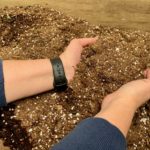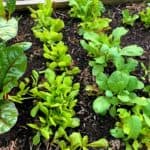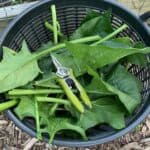Gardening safety? It seems like gardening is inherently safe, right? It is for the most part, however, injuries do happen. Keep these gardening safety principles in mind so you don’t run into trouble, including costly medical bills, while you’re tip-toeing through your tulips.
- Call 811 before you dig
811 is the national phone number that initiates the process of locating and marking underground utilities in your yard or garden. Dial 811 or visit call811.com at least three days before you dig such, as planting trees and shrubs or installing a new garden bed, fence or hardscape. Any major digging requires a call. Did you know that telecommunications, such as most internet and fiber optic cables, are buried only a foot or so below ground? Keep your neighbors and teenagers happy by not taking down the internet! All kidding aside though, it’s free and can prevent severe, even deadly injury if you strike an underground gas or electric line. It’s also the law in all 50 states and not making the call can cost you plenty if you hit a line. Keep the yard and garden fun and injury-free by taking a minute to make this important call.
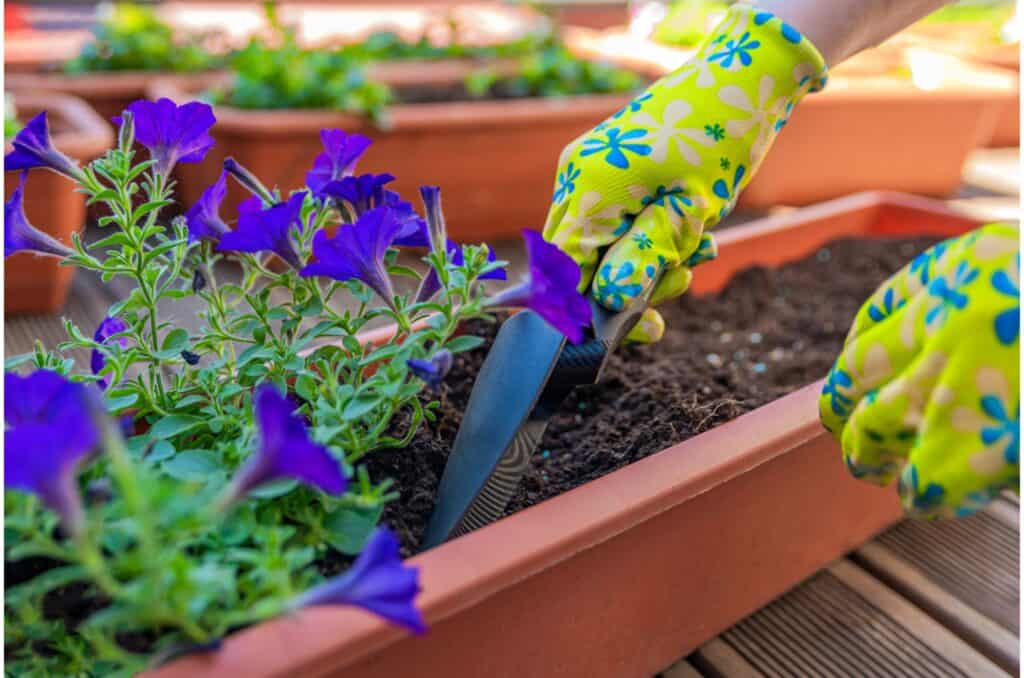
As an Amazon Associate, I earn from qualifying purchases.
- Tetanus vaccine up to date
Tetanus? What’s that have to do with gardening? Plenty. Largely thought of as something to care about if you step on a rusty nail, the bacteria that causes tetanus, also known as lockjaw, is actually very prevalent in soil. Gardeners are exposed to it nearly every time they’re in the garden. The toxin is typically caused by an introduction of bacteria through a cut or puncture in the skin. Don’t take chances with this serious illness, check with your doctor and make sure this important vaccine is up to date.
- Wear gloves
Garden gloves will protect more than your manicure. A good pair of gloves can help prevent blisters, injury from objects and exposure to fertilizers, chemicals or harmful bacteria in the soil. While it is beneficial to sink your hands into the soil from time to time and absorb the beneficial, mood-boosting microbes, avid gardeners should consider protecting their hands much of the time. Our hands need guarded from wear and tear that hours of gardening can cause.
- Stretch and warm up
High-caliber athletes who are about to undertake an intense workout aren’t the only ones who benefit from warming up. Even moderate yard work or gardening can put stress on your body by introducing new motions. Save yourself some aches and pains by stretching and walking around your yard a bit before you dig in.
- Safety glasses
Having poked myself in the eye more than once while working in the garden, I’ve learned my lesson on eye protection. We only get one set of precious peepers so let’s do what we can to protect them from physical, chemical or solar damage. Safety glasses have improved greatly in recent years, both in quality of protection and style. Invest in a pair or two for your garden tool collection.

- Lift safely
When lifting heavy objects, like that planter full of soil or those big bags of mulch, be sure you’re lifting from your legs and not your back. Better yet, call in a buddy to help you move the heavy stuff. While they’ve stopped by, show them your awesome garden and take a break with a tall glass of iced tea. Breaks and relaxing with friends are great ways to stay safe, too!
- Sun safety
Have you ever been caught up in a yard project and before you know it you’ve gained a big sunburn? Me, too. Make sun protection a daily habit, whether outside all day or not at all. Adding a daily sunscreen to your morning routine can protect your face and body from recurring exposure to ultraviolet rays. I wear SPF 50 or better daily. For an added layer of protection, add a wide-brimmed hat to your outdoor fashion statement. This one is great for guys or gals. I wear this one hiking and kayaking too.
- Drink your water
Hydration isn’t only important for your green babies. Keep yourself properly watered by taking a big jug of water to the garden with you and refill it often.
- “Pesty” hitchhikers
Ticks aren’t just hiding in the deep woods. It is very common to find ticks in an average yard and in residential gardens. Keeping your head and exposed skin covered can help prevent ticks from taking a hike on you. I always have my head covered in the garden and my favorite way to do that is with Buffs. They are these amazing stretchy, machine-washable wraps that slide right over your head and can be worn in many ways. I love them because they keep the bugs out of my hair, the hair out of my face and provide protection from UV rays. Be mindful of this risk and check yourself when you’ve been outside. If you have pets, be sure to treat them for ticks on a vet-approved schedule and inspect them for these disease-carrying hitchhikers as well.
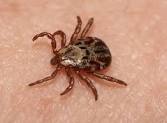
- Poisonous plants
Gardens can easily be invaded by noxious weeds that happen to be poisonous. Seeds can blow in or be pooped out by birds. The plants also can spread by running roots. Among these, some common risky plants found in the Midwest include poison ivy, wild parsnip and poison sumac. Keep in mind that while this article focuses on weedy intruders you didn’t expect, some commonly grown ornamental plants may also be poisonous if physically contacted or ingested. Examples include foxglove, monkshood and lily of the valley. Do your homework with internet searches to know your plants before adding them to your garden, especially if you have children or pets.
Regarding the poisonous unwelcomed garden intruders, know that you can run into these in parks, fields, along bike trails and in wooded areas, in addition to them making an appearance in your garden. Let’s touch on a few of the most common plants that can hurt you.
Poison ivy
“Leaves of three, let it be” is an old saying that serves to remind you of the look of poison ivy. This pesky plant grows across North America and throughout the world. Other plants have this three-leaf look, but best to avoid contact with plants sporting this characteristic. Poison ivy usually has a single large center leaf and two smaller side leaves. The shape of the leaf varies, but they all end in a point. In the Midwest, the leaves start off reddish in spring, turn green by summer and turn yellow to orange in fall. Contact with poison ivy can produce a very itchy, long-lasting rash.
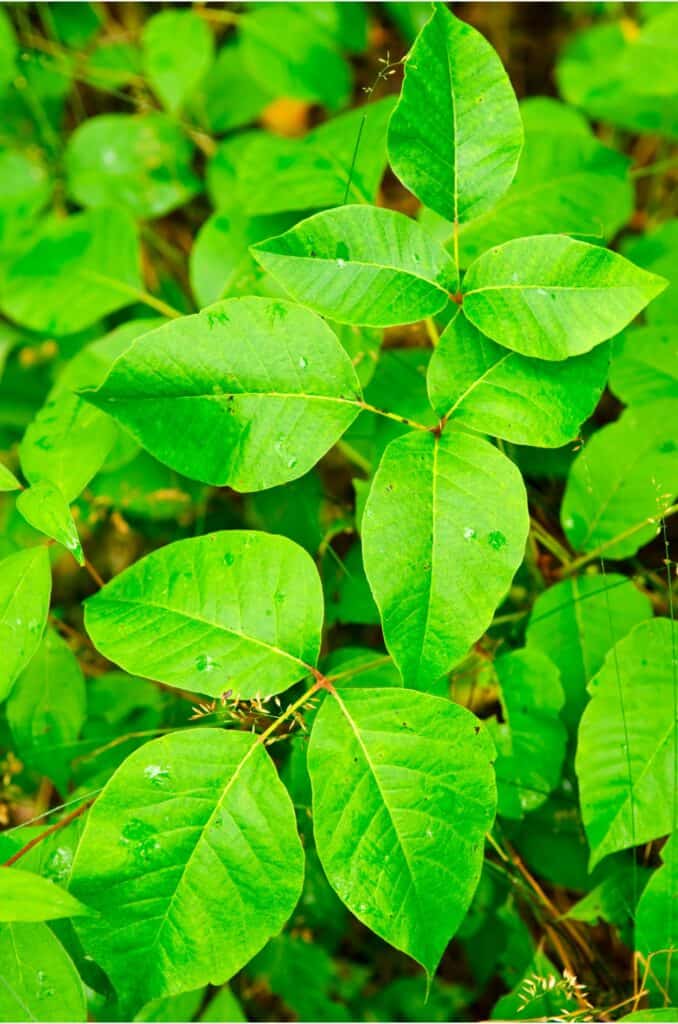
It is least risky to spray the plants with a product containing glyphosate, such as Roundup, on a calm day. You should check the area after a week and respray as needed. Continue to recheck and treat periodically as poison ivy is notoriously difficult to defeat. If you do not want to spray and decide to hand pull, the plant requires careful handling in long pants tucked into long socks, long sleeves and thick rubber gloves. Avoid touching your face during or after removal. Cut back all vines and dig plants out by the root to at least 8 inches deep. Recheck the area and remove plants as needed using all of the precautions each time.
For all any poisonous plant you’re handling, immediately and carefully double-wash all clothing in warm soapy water. Consider also that your pets may have come in contact with plant oils and may require you to give a careful and thorough bath while wearing rubber gloves.
Wild parsnip
This plant’s sap plus sun exposure leads to blistering, scaring and painful rashes. Spot it early and remove with a gloved hand and trowel or spray it with an herbicide like Roundup. Remove it or spray it as soon as possible as it will grow to five feet tall with a deep taproot, making it much harder to remove. If you’ve used spray, carefully remove the plants once dead. While this parsnip root is technically safe to eat, I and many other sources advise against it. The risk of exposure to the rest of the plant while separating the root is too great in my opinion.
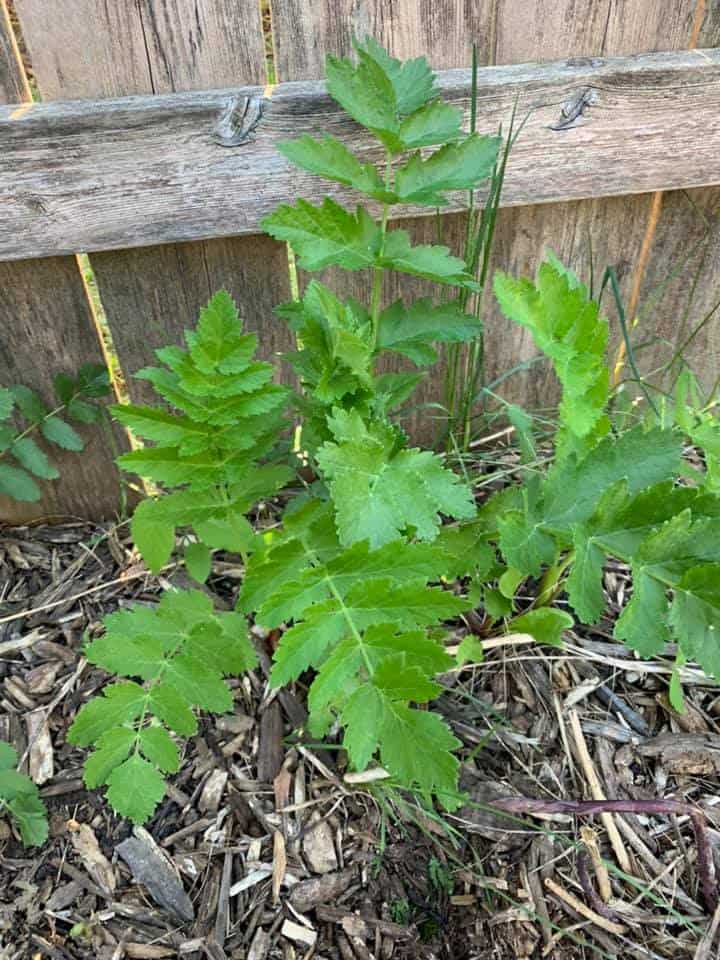
If you miss pulling them out young and have large plants in bloom, you’ll want to wear long pants and long sleeves and thick rubber gloves to avoid coming in contact with the plant. They are very hard to pull out once flowering. Avoid cutting the stalk. Use a spade to dig deep around the root to remove. Wash your clothes and gloves immediately after removing mature plants.
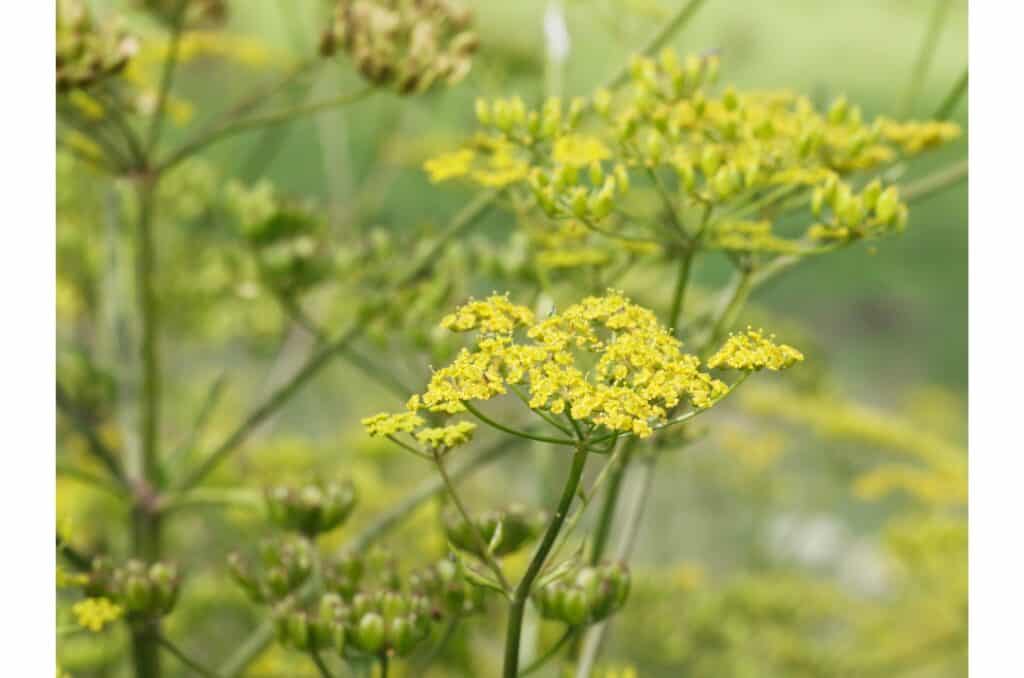
This plant has been spreading across the Midwest for many years now. You’ll see it everywhere – along bike trails, in ditches and fields. Locally, we had a case of children who picked bouquets of wild parsnip to take home, not knowing of the danger. They had extensive rashes requiring medical treatment. Spread the word and stay safe.
Poison sumac
This plant grows as a tree, five to twenty feet tall. The stems are red and have multiple, smooth-edged leaves. Poison sumac is fortunately much more rare than poison ivy or wild parsnip in the Midwest. It is found in wet, swampy areas. Exposure to poison sumac can result in itchy, streaky patches of red blisters lasting more than 3 weeks.
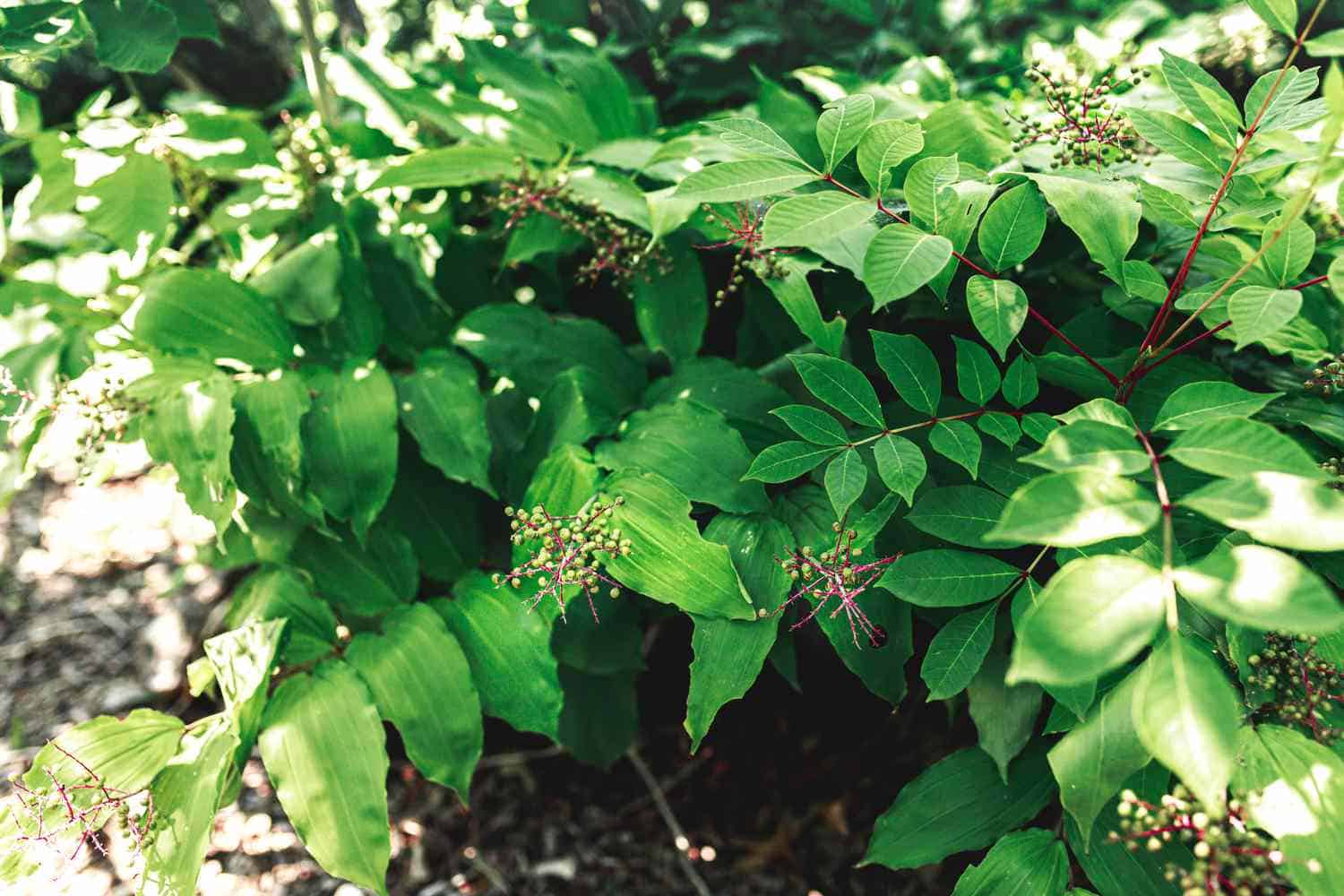
Poison sumac is considered to be more dangerous than most other poisonous plants. Due to this, and to it’s very large mature size, it is best to seek out a professional to remove it. In particular, do not burn poison sumac as smoke from the plant’s burning oils can severely damage lungs when inhaled.
There are other concerning plants, varying by region. Consult your local extension or other natural resource organizations in addition to the internet for more information specific to your area.
Exposure
For any of these poisonous plants, handle exposures and treatments thoroughly and quickly.
- Wash skin, clothing, bedding and anything else that might have plant residue or oils on it. Wear heavy duty vinyl gloves while handling any exposed items. This includes when you are removing known plants. Use warm, soapy water washing your body, clothing, pet fur and gardening tools that have come in contact with the plant.
- If you develop a rash, apply an over-the-counter cortisone cream for the first few days.
- Apply calamine lotion.
- A cool bath with a half-cup of baking soda in addition to cool compresses applied for 15 to 20 minutes can help relieve the itch.
- Seek medical treatment for severe cases.
Let these gardening safety tips take root in your regular gardening practice and stay safe for many years of outdoor enjoyment ahead.
